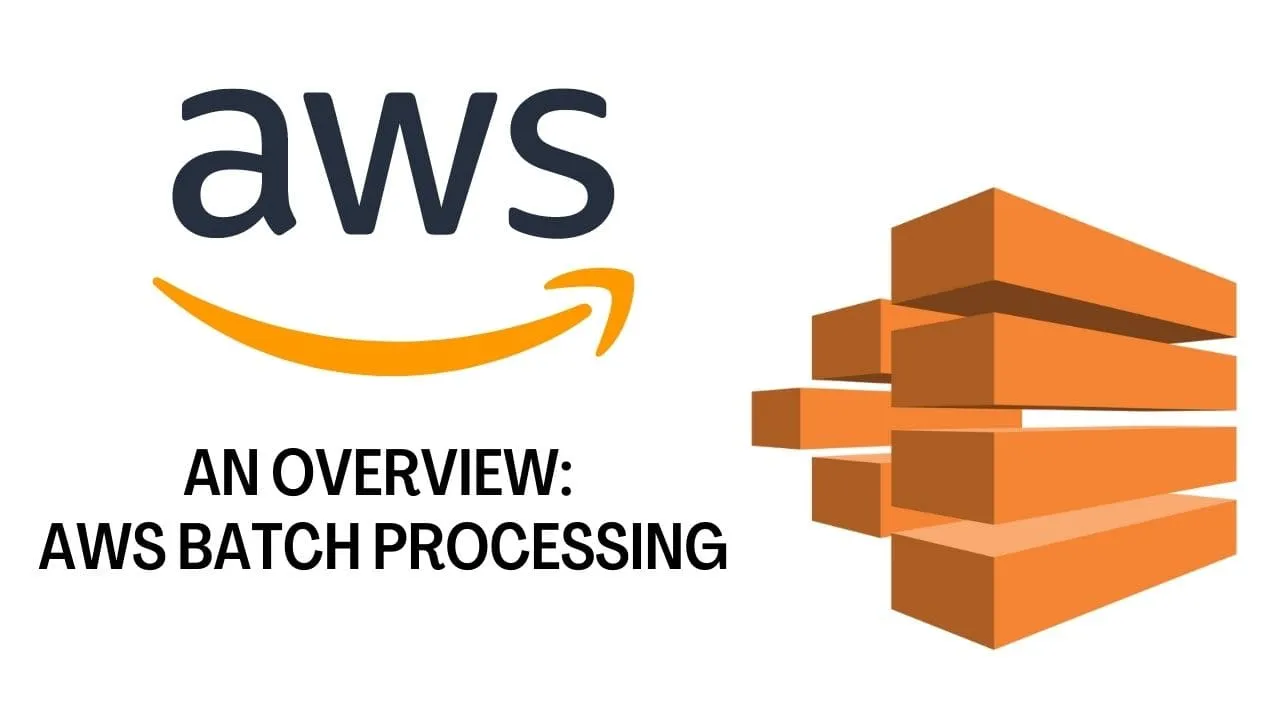A Beginner's Guide to Implementing AWS Batch in AWS
 Sumit Mondal
Sumit Mondal
Introduction:
In the dynamic world of cloud computing, AWS (Amazon Web Services) stands out as a powerhouse offering a wide array of services to meet diverse business needs. One such service is AWS Batch, a fully-managed service designed to help developers and IT professionals efficiently run batch computing workloads on the AWS Cloud. In this blog post, we will explore the basics of AWS Batch and guide you through the process of implementing it in a simple and easy way.
Understanding AWS Batch:
AWS Batch simplifies the process of running batch computing workloads by dynamically provisioning the optimal quantity and type of compute resources. Whether you are processing large-scale data or running high-performance computing applications, AWS Batch helps you focus on your workloads without worrying about managing infrastructure.
Step 1: Set Up Your AWS Account:
Before you can dive into AWS Batch, ensure you have an AWS account. If you don't have one, you can easily create an account on the AWS website. Once your account is ready, log in to the AWS Management Console.
Step 2: Navigate to AWS Batch:
In the AWS Management Console, navigate to the AWS Batch service. You can find it in the "Compute" section.
Step 3: Create a Compute Environment:
AWS Batch uses compute environments to manage the infrastructure where your batch jobs run. To create a compute environment, follow these steps:
a. Click on "Compute environments" in the left navigation pane. b. Choose "Create environment." c. Provide a name for your environment. d. Select the type of compute resources you need (e.g., EC2 instances). e. Set up the desired configuration, including the minimum and maximum number of instances.
Step 4: Define Job Queues:
Job queues act as a buffer between your batch jobs and the compute resources. To create a job queue:
a. Click on "Job queues" in the left navigation pane. b. Choose "Create queue." c. Specify a name for your queue. d. Associate the queue with the compute environment you created.
Step 5: Create and Submit Jobs:
Now that your compute environment and job queue are set up, it's time to create and submit jobs. Follow these steps:
a. Click on "Jobs" in the left navigation pane. b. Choose "Submit job." c. Provide a name for your job. d. Select the job definition that matches your application's requirements. e. Specify any additional parameters and job dependencies.
Step 6: Monitor and Troubleshoot:
AWS Batch provides monitoring tools to help you keep track of your jobs and troubleshoot any issues. You can view job status, logs, and metrics through the AWS Batch console.
Conclusion:
Implementing AWS Batch in AWS doesn't have to be a daunting task. By following these simple steps, you can leverage the power of AWS Batch to efficiently run your batch computing workloads. As you explore further, you'll discover the flexibility and scalability that AWS Batch brings to your cloud computing endeavors. Happy batching!
Subscribe to my newsletter
Read articles from Sumit Mondal directly inside your inbox. Subscribe to the newsletter, and don't miss out.
Written by

Sumit Mondal
Sumit Mondal
Hello Hashnode Community! I'm Sumit Mondal, your friendly neighborhood DevOps Engineer on a mission to elevate the world of software development and operations! Join me on Hashnode, and let's code, deploy, and innovate our way to success! Together, we'll shape the future of DevOps one commit at a time. #DevOps #Automation #ContinuousDelivery #HashnodeHero